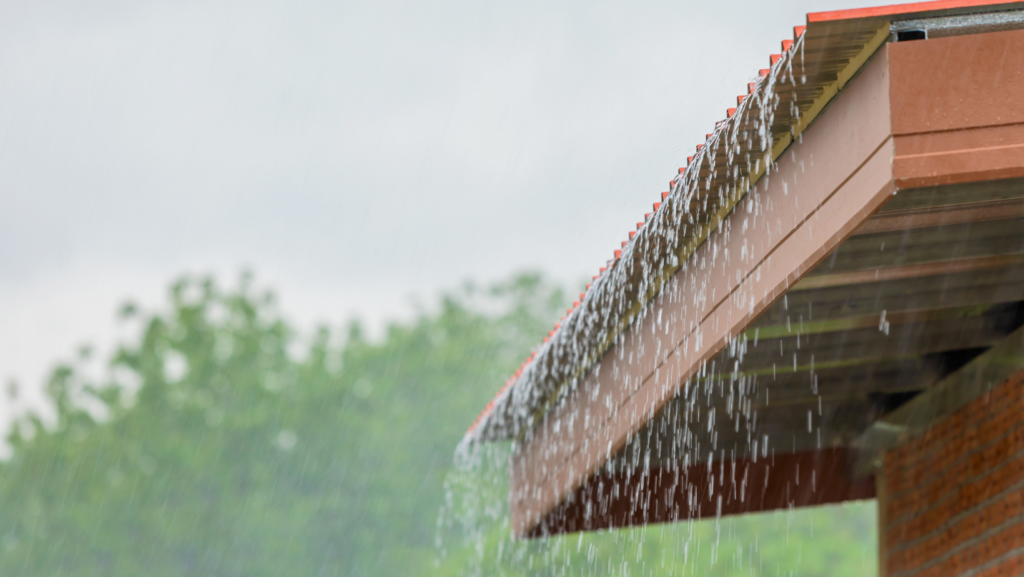Storm season. It’s that time of the year when the skies darken, the winds howl, and rain pours like there’s no tomorrow. While it’s tempting to cozy up indoors, let’s not forget about the roof over our heads—literally. Your roof is your home’s first line of defense against the elements, and it takes a beating during storm season. Ignoring it is like playing Russian roulette with Mother Nature, and trust us, she doesn’t bluff.
A significant percentage of storm damage occurs due to inadequate roof preparation. In Florida, where storms are as common as sunshine, storm damage evaluators have found that a well-prepared roof can significantly minimize damage and save homeowners thousands of dollars in repairs.
Read on to find out how can you prep your roof for the storm season and minimize damage.
Tip 1: Conduct Regular Storm Damage Evaluations
First things first, you can’t fix a problem if you don’t know it exists. Regular storm damage evaluations are crucial, especially if you live in a storm-prone area like Florida. Hire a professional to inspect your roof for any signs of wear and tear, loose shingles, or potential weak spots. These evaluations are more than just a cursory glance; they are thorough assessments that can identify issues before they become major problems.
The experts recommend at least one evaluation before the storm season kicks in and another after it ends. This proactive approach can help you identify vulnerabilities and take corrective action before the next storm hits. Remember, an ounce of prevention is worth a pound of cure. So, don’t skimp on these evaluations; they’re your first step in storm-proofing your roof.
Tip 2: Reinforce Your Roof Structure
You’ve got your evaluation results, and now it’s time to act. One of the most effective ways to prepare your roof for storm season is by reinforcing its structure. This could mean adding hurricane straps, installing additional nails, or even upgrading your roofing material to something more durable.
In Florida, storm damage evaluators often recommend using impact-resistant shingles and materials that can withstand high winds. These upgrades may seem costly upfront, but they pay off in the long run by reducing the risk of damage and subsequent repair costs. Think of it as an investment in your home’s safety and longevity. After all, a strong roof is a safe roof, and a safe roof is a happy home.
Tip 3: Keep Your Gutters Clean and Functional
A clogged gutter is a disaster waiting to happen, especially during storm season. When gutters are blocked, water can’t flow away from your home, leading to potential flooding and water damage. It’s a simple task, but one that many homeowners overlook.
Regularly cleaning your gutters ensures that water can flow freely, reducing the risk of flood damage. The experts suggest making gutter cleaning a part of your regular home maintenance routine. It’s a small task with big benefits, so don’t underestimate its importance. A clean gutter is a functional gutter, and a functional gutter is a flood-free home.
Tip 4: Trim Overhanging Branches and Remove Potential Debris
We all love the shade and beauty that trees provide, but during a storm, they can become a significant hazard. Overhanging branches can break off and damage your roof, while fallen leaves and debris can clog your gutters. It’s a double whammy that you can easily avoid with some proactive trimming.
Florida storm damage evaluators often find that homes with well-maintained yards suffer less damage during storms. So, take the time to trim those branches and remove any potential debris from your yard. It’s not just about aesthetics; it’s about safety. A clean yard is a safe yard, and a safe yard is a damage-free home.
Tip 5: Have an Emergency Plan and Flood Safety Measures in Place
Last but not least, always have an emergency plan and flood safety measures in place. This includes knowing where to go in case of an evacuation, having an emergency kit ready, and installing flood barriers if you live in a flood-prone area. These measures may not directly impact your roof, but they are crucial for overall home safety during a storm.
It’s best to have a comprehensive emergency plan that all family members are familiar with. This should include contact numbers, evacuation routes, and the location of your emergency kit. Flood safety is not just about avoiding water damage; it’s about ensuring the safety and well-being of your family.
Conclusion: Your Roof, Your Responsibility
Storm season is inevitable, but extensive damage to your home doesn’t have to be. By following these tips and conducting regular Storm Damage Evaluations, you can significantly minimize the risks and costs associated with storm damage. Remember, your roof is your first line of defense against the elements. Treat it with the care and attention it deserves, and it will take care of you in return.
Don’t wait for the storm clouds to gather. Contact the Disaster Management Recovery Group today for a comprehensive Storm Damage Evaluation and give your roof the protection it deserves.


